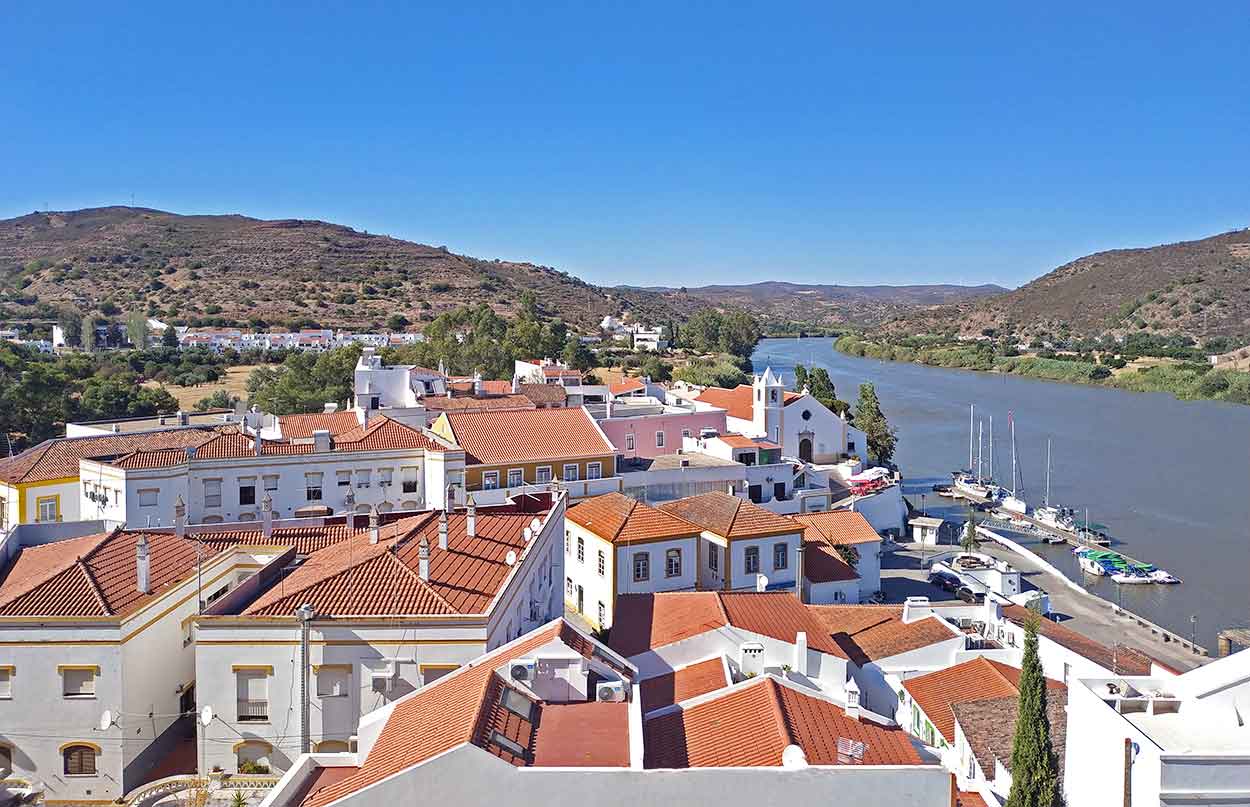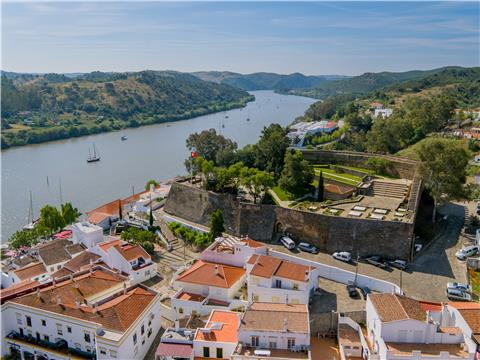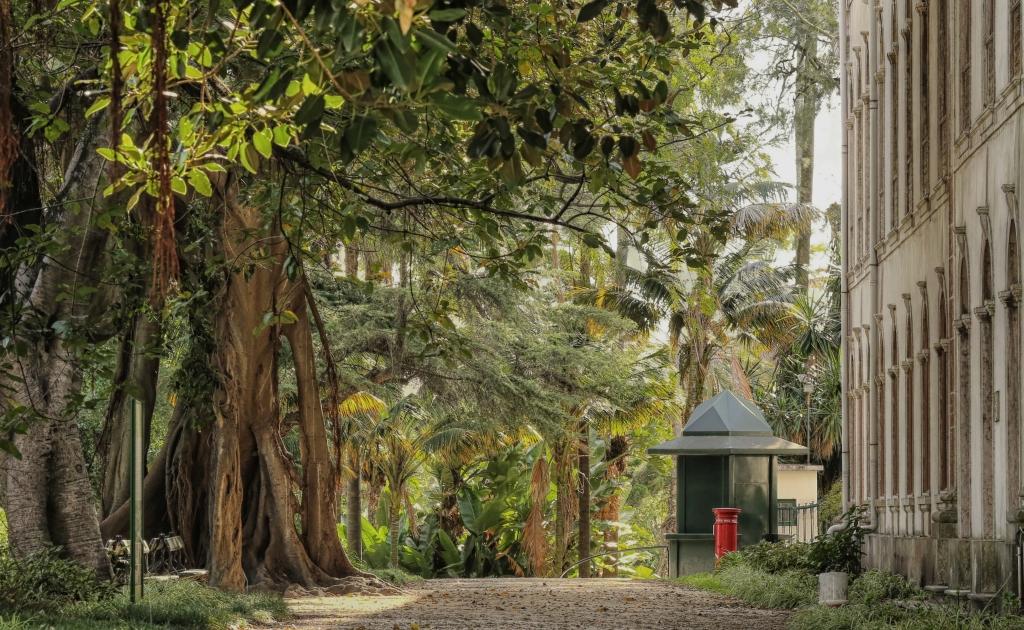
The lovely village of Alcoutim, located in the north-eastern corner of the Algarve, is a haven of unspoiled peace and quiet just across the River Guadiana from neighbouring Spain.
Already a strategic river port in ancient times, it was occupied for extended periods by the Phoenicians, Greeks, Romans, and Moors (the name Alcoutim is derived from the Arabic Al-Qutami, which translates as a peregrine falcon), but its diminutive size belies the enormous impact this sleepy riverside town has had on Portugal’s history over the centuries.
Notably, it was in Alcoutim that King Fernando I of Portugal and Henry II of Castile signed a significant, if brief, peace pact on the 31st of March 1371, thereby ending the First Fernandine War.
Alcoutim Castle is a rectangular-shaped stronghold constructed entirely of native schist stone. It is perched on a hill overlooking the river. Both King João II (1455-1495) and his successor King Manuel I (1469-1521) enhanced their defences, the remnants of which still survive today.
It was the site of a major struggle during the Restoration Wars (1640-1668), when Portugal achieved independence from Spain, during which a large portion of the fortress was severely destroyed, eventually falling into ruin.

Apart from the castle, visitors come to admire Alcoutim’s compact cluster of brilliant white houses with their striking red roofs and to take in the tranquil river views across the river to the similarly tranquil town of Sanlcar del Guadiana, which boasts its own historic fortress, the restored Castillo de San Marcos.
Alcoutim has three lovely old churches to visit on the leisurely walk down from the castle, including the Ermida de Nossa Senhora da Conceiço (16th century), the small Igreja da Misericórdia (16th century), and the town’s delightful parish church, the Igreja Matriz (16th century), which was built in the Renaissance style just a few metres in from the riverbank.
The River Guadiana originates in the Spanish province of Albacete and flows calmly through Alcoutim on its way to Vila Real de Santo António, where it softly empties into the protected waters of the eastern Algarve. Adventurers may literally ‘zip’ across the river on a cable car that connects not only Alcoutim and Sanlcar, but also two distinct nations.
The lands surrounding Alcoutim are sparsely inhabited and are among the most isolated in Portugal, with many of its towns and villages separated by enormous swaths of magnificent countryside. Leaving by automobile to the south, the picturesque route meanders along the banks of the River Guadiana for several km, providing some of the most spectacular vistas along the way.
![Alcoutim: The #1 Guide to the Most Peaceful Town of the Algarve [2021]](https://d5c6u7j9.stackpathcdn.com/wp-content/uploads/2020/07/Beautiful-street-in-Alcoutim.jpg)
The little mountain towns to the west on the route to Cachopo are home to some of the Algarve’s most genuine handicrafts, with high-quality carpets, vases, baskets, and other things meticulously created by local artists in the same way their ancestors did for decades.
Travelling north brings you to southern Portugal’s Lower Alentejo area, a vast stretch of vibrant landscapes and sparkling whitewashed towns. A nice half-hour drive north of Alcoutim takes you to the Guadiana Valley Natural Park (Parque Natural do Vale do Guadiana), a popular protected area for hikers and bird watchers.

Further north, the Great Lake of Alqueva (Grande Lago de Alqueva) encompasses over 250 square kilometres and is Europe’s largest artificial lake. There, you may rent boats with sufficient berths for many people and enjoy the area by boat rather than by car.




